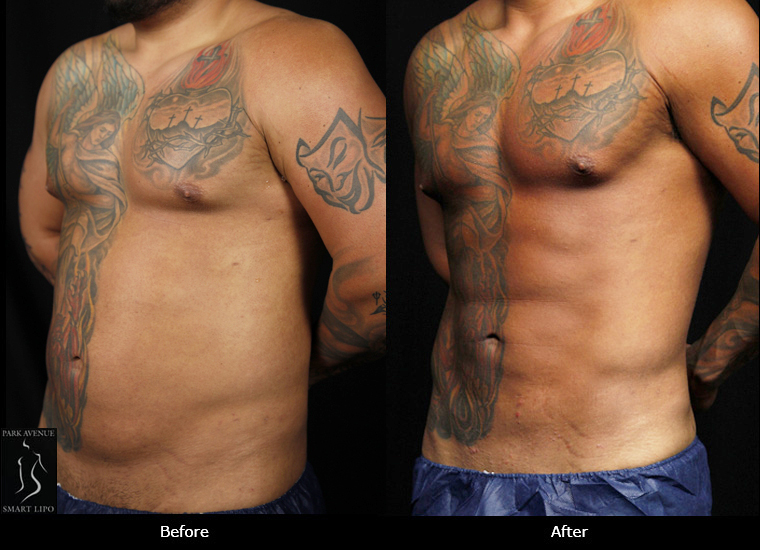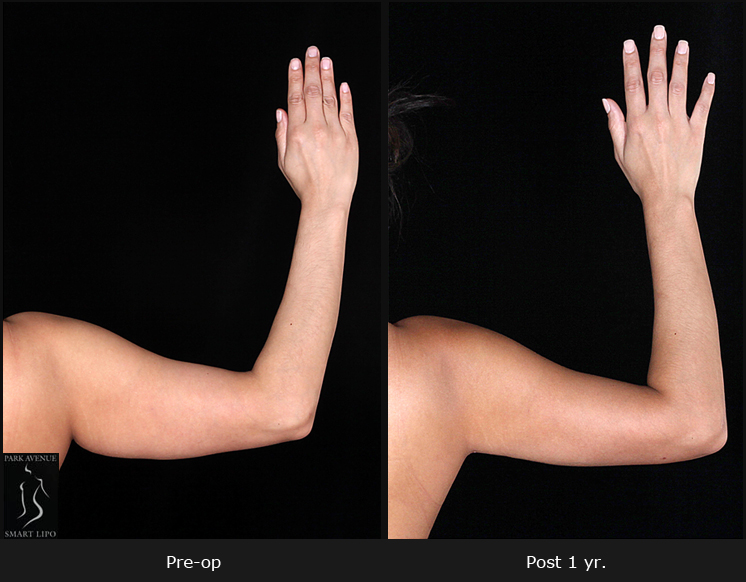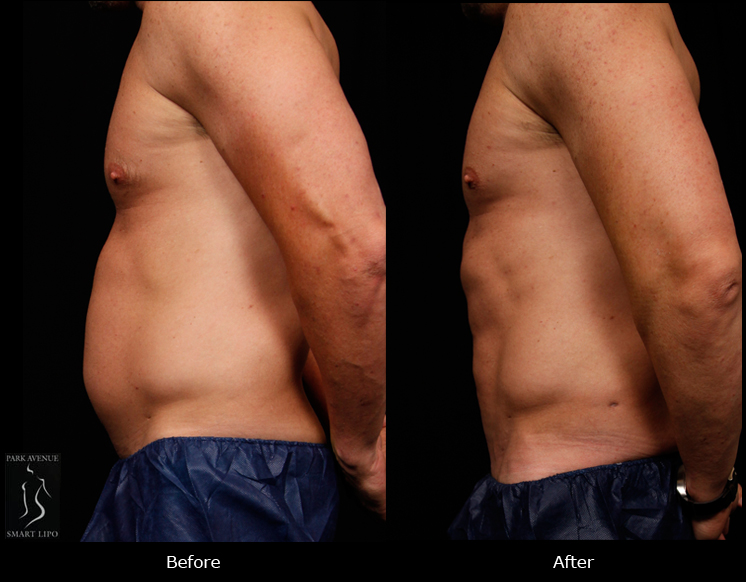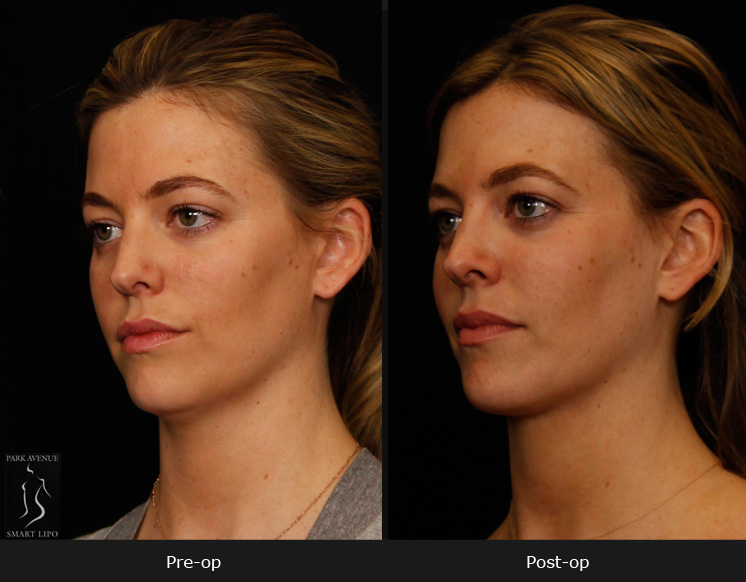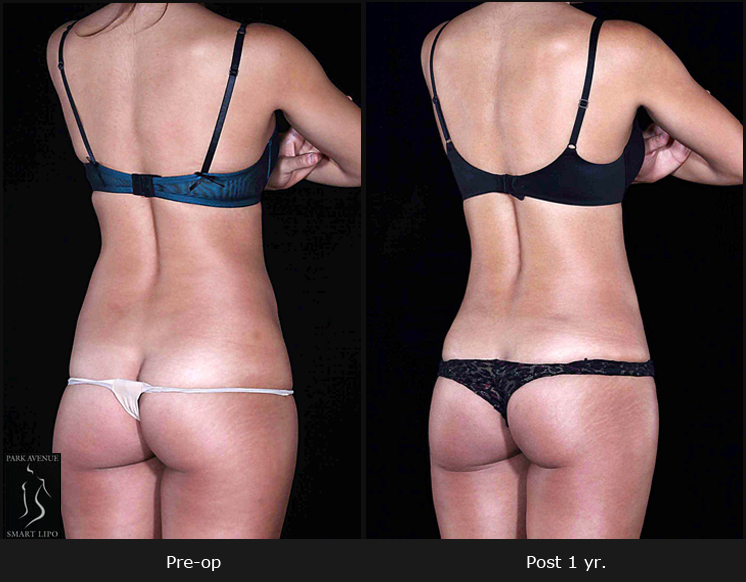A study published by the American Society for Aesthetic Plastic Surgery (ASAPS) shows that autologous fat grafting is a much better option than implants for calf augmentation.
Many men and women who are unhappy about the shape/size of their calf muscles opt for calf implants to resolve their concerns. Solid, silicone calf implants are surgically inserted to improve aesthetics and also to correct deformities caused by injury or nerve diseases that cause muscle deterioration. In men, the surgery would typically aim at enhancing the bulk of the calf muscle, while in women, it would be performed with a view to sculpting the lower leg for better proportion with the thighs.
However, more and more people are becoming concerned about the risks associated with implants and prefer cosmetic surgery using fat transfer. It is therefore hardly surprising that research has yielded a minimally-invasive, natural solution for calf augmentation using the patient’s own fat. In a recent press release, the American Society for Aesthetic Plastic Surgery indicated its support for a study which says that fat grafting is an effective way to reshape and augment the calves and resolve deformities or cosmetic concerns.
The researchers evaluated 13 patients who underwent calf augmentation and reshaping with autologous fat grafting over a 5-year period. Ten patients had bilateral calf augmentation and three had procedures to address congenital leg deformities.
Liposuction was performed to harvest fat from sites such as the abdomen, lateral thigh, medial thigh, waistline, flanks, axilla, upper back, and hips. Lipolysis was also performed at the knee to improve contour. An average of 157 cc of prepared lipoaspirate was injected into each leg, with approximately 60% and 40% transferred into the medial and lateral calf, respectively.
Local anesthesia using the least amount of effective anesthetic was administered for fat extraction and also for injecting the fat into the muscle. This resulted in less sedation and faster post-surgical recovery.
Patients who desired additional volume underwent a second round of autologous fat injections. At an average 19.6 month follow-up, the researchers reported “durable augmentation and improvement in calf contour”. The results were comparable to traditional methods. Moreover, precise patient-specific adjustments are not possible with off-the-shelf implants and fat grafting proved a better choice in this context.
Fat transfer is a popular option for augmenting the breasts and buttocks as well as in facelift surgery. With reduced chances of rejection, quicker recovery and natural looking results, we can expect that uses for this technique will grow.

